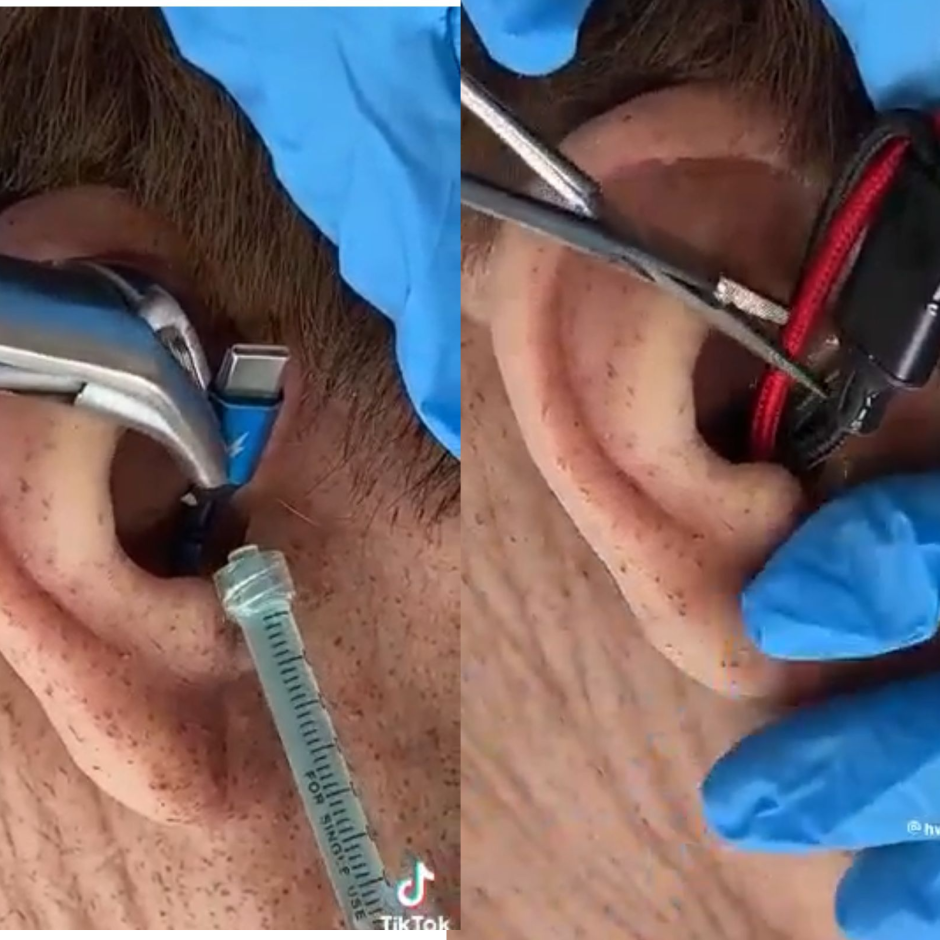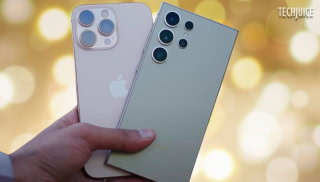In the age of social media, fake videos have become a concerning trend, with creators aiming to generate views and go viral. One recent example that has been widely shared on TikTok and other platforms involves a video showing a doctor pulling a long USB cable out of a man’s ear. However, a closer examination reveals that the video is nothing more than a fabrication. Let’s delve into the details and expose the truth behind this fake video, along with exploring other instances of fake news on TikTok.
USB Cable In Ear Video Is Fake
The viral video in question, which allegedly shows a doctor removing a USB cable from a man’s ear, is clearly fabricated. The doctor’s language and actions within the video indicate that he is not a legitimate medical professional. His use of inaccurate terminology, referring to forceps as a “precision tool,” and employing a dentist’s mirror to examine the ear canal raises suspicion. Moreover, careful observation reveals that the video was recorded using a silicone head mask, as evidenced by the visible lifting of the thick translucent silicone material around the cable at the 1:50 mark.
Ear Canal Is Too Small To Fit USB Cable
Anatomically, it is impossible for any person to fit a USB cable into their ear canal. The ear canal has a limited depth of approximately 2.5 cm and a diameter of only 5-7 mm. This physical limitation makes it clear that the claim presented in the video is anatomically implausible. Accurate information from medical sources, such as the Cleveland Clinic, confirms the dimensions of the ear canal and reinforces the fact that a USB cable cannot fit into it.
The original Video Was Posted On TikTok
The original video can be traced back to a TikTok account named @hwoecbavix0. It was posted on 19th April 2023 without any title or description, likely with the intention of triggering controversy and gaining viral attention. Notably, @hwoecbavix0 does not appear to be a medical-related TikTok channel; instead, the account predominantly posts random food and prank videos. This further raises doubts about the authenticity and credibility of the video.
The original TikTok Video Is Almost 6.5 Minutes Long
The original video duration was approximately 6 minutes and 28 seconds, significantly longer than the version that went viral on WhatsApp and other social media platforms, which was only 2 minutes and 39 seconds. It appears that someone intentionally edited the video to create a shorter, more attention-grabbing version. The truncated video likely aimed to end at a dramatic point with the phrase, “How many phones does one man need?” This selective editing adds to the manipulation and deception surrounding the video’s dissemination.
This Is Just TikTok Fake News
The USB cable incident is just one example of the proliferation of fake news on TikTok. The platform has seen various instances where users create and share fabricated content to drive traffic and gain attention. These fake videos often exploit the shock factor to attract viewers. It is crucial to exercise caution and critical thinking while consuming content on social media platforms, especially when the source or authenticity is dubious.
The viral TikTok video featuring a doctor pulling a USB cable out of a man’s ear has been thoroughly debunked. The video’s fraudulent nature is evident from the doctor’s language, the anatomical impossibility, the silicone head mask, and the selective editing. This incident serves as a reminder to be vigilant and skeptical of content shared on social media platforms, as fake news and fabricated videos continue to proliferate. By questioning the authenticity of viral videos and seeking credible sources, we can protect ourselves from falling victim to misinformation.
Here are a few examples of fake trends or challenges that have emerged on TikTok:
- Outlet Challenge: This dangerous trend involved partially inserting the prongs of a charger into an electrical outlet and then sliding a penny or a coin down the wall to create a spark. It posed a serious risk of electrocution and caused damage to electrical systems.
- Benadryl Challenge: This challenge encouraged participants to consume excessive doses of Benadryl (an antihistamine medication) to induce hallucinations and document their experiences. It posed severe health risks, including overdosing and heart problems.
- Milk Crate Challenge: The Milk Crate Challenge involved stacking milk crates to form a makeshift staircase and attempting to climb up and down the unstable structure. Many participants ended up falling and injuring themselves, leading to concerns over safety.
- Fake Beauty Hacks: TikTok has seen various beauty-related fake trends, such as using harmful substances like glue or nail polish remover on the face as skincare remedies. These fake hacks can lead to skin damage, allergies, and other adverse effects.
- Devious Licks Challenge: This challenge involved students filming themselves stealing or vandalizing items from their schools, such as soap dispensers, hand sanitizers, and classroom supplies. It caused significant damage and disruption to educational institutions.
It’s important to note that TikTok has taken measures to remove and discourage such harmful or fake trends to ensure the safety and well-being of its users. Nonetheless, these examples highlight the need for critical thinking and responsible engagement with social media challenges.
Read More:












